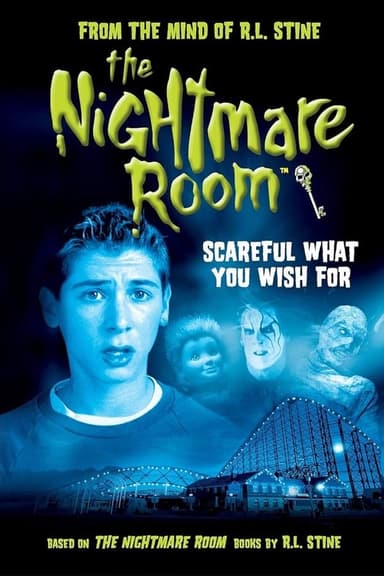
Fear Street: 1994
2021 • Horror, Mystery • R
After a series of brutal slayings, a teen and her friends take on an evil force that's plagued their notorious town for centuries.
Runtime: 1h 48m
Why you should read the novel
Delving into the original Fear Street books by R. L. Stine offers a uniquely chilling experience, with each novel immersing you in different tales of terror set in Shadyside. The books present an array of spine-tingling mysteries crafted to keep readers guessing about who—or what—is behind the strange happenings haunting this small town. Readers will appreciate the intricate plots and suspenseful pacing that made the book series a beloved staple of teen horror fiction for generations.
Unlike the movie’s focus on a group of characters bound together by a single gruesome mystery, the books reveal Shadyside’s dark legacy across numerous decades and families, creating a generational web of curses and secrets. Exploring the novels means uncovering fresh, varied stories that expand the world far beyond the events seen onscreen. Each book provides an opportunity to connect more personally with the characters and their struggles as they confront evil forces in their everyday lives.
Reading R. L. Stine’s Fear Street novels gives you the chance to experience horror through the lens of psychological intrigue and character development, rather than relying solely on visual scares. The novels allow for slower build-ups, deeper immersion into character motives, and a broader exploration of fear and suspense, making them a must-read for any horror enthusiast.
Adaptation differences
One of the primary differences between Fear Street: 1994 and the source novels is the storyline. The film weaves together original characters and a distinct plot, acting as a homage to slasher movies, whereas the books are composed of many standalone novels, each with different casts and self-contained mysteries. In the film, main characters like Deena, Sam, and Josh don’t directly appear in the original R. L. Stine narratives.
Additionally, the movie incorporates a supernatural curse that is directly linked to the fictional town’s history, serving as the overarching threat that ties the trilogy together. Conversely, the books typically focus on realistic, sometimes psychologically driven suspense and murder mysteries, with fewer supernatural elements compared to the film adaptation. This shift changes the entire tone—moving from teen whodunits to a full-blown supernatural horror saga in the adaptation.
The time period and setting are also treated differently. While the books are written over several decades and generally set in contemporary times for their publication, the film strategically anchors its story in the 1990s, filling it with period-accurate music, style, and pop culture references. This adds an element of nostalgia for viewers, but distances itself from the timeless, adaptable settings of the original novels.
Finally, the adaptation is more graphic and violent than the books, aligning with modern horror trends. R. L. Stine’s Fear Street novels, meant for younger readers, lean toward suspense and fear without explicit gore or graphic deaths. The film’s use of brutal killings and intense horror sequences sets it apart in both approach and audience, offering a more visually intense experience than Stine’s psychologically-driven source material.
Fear Street: 1994 inspired from
Fear Street
by R. L. Stine













